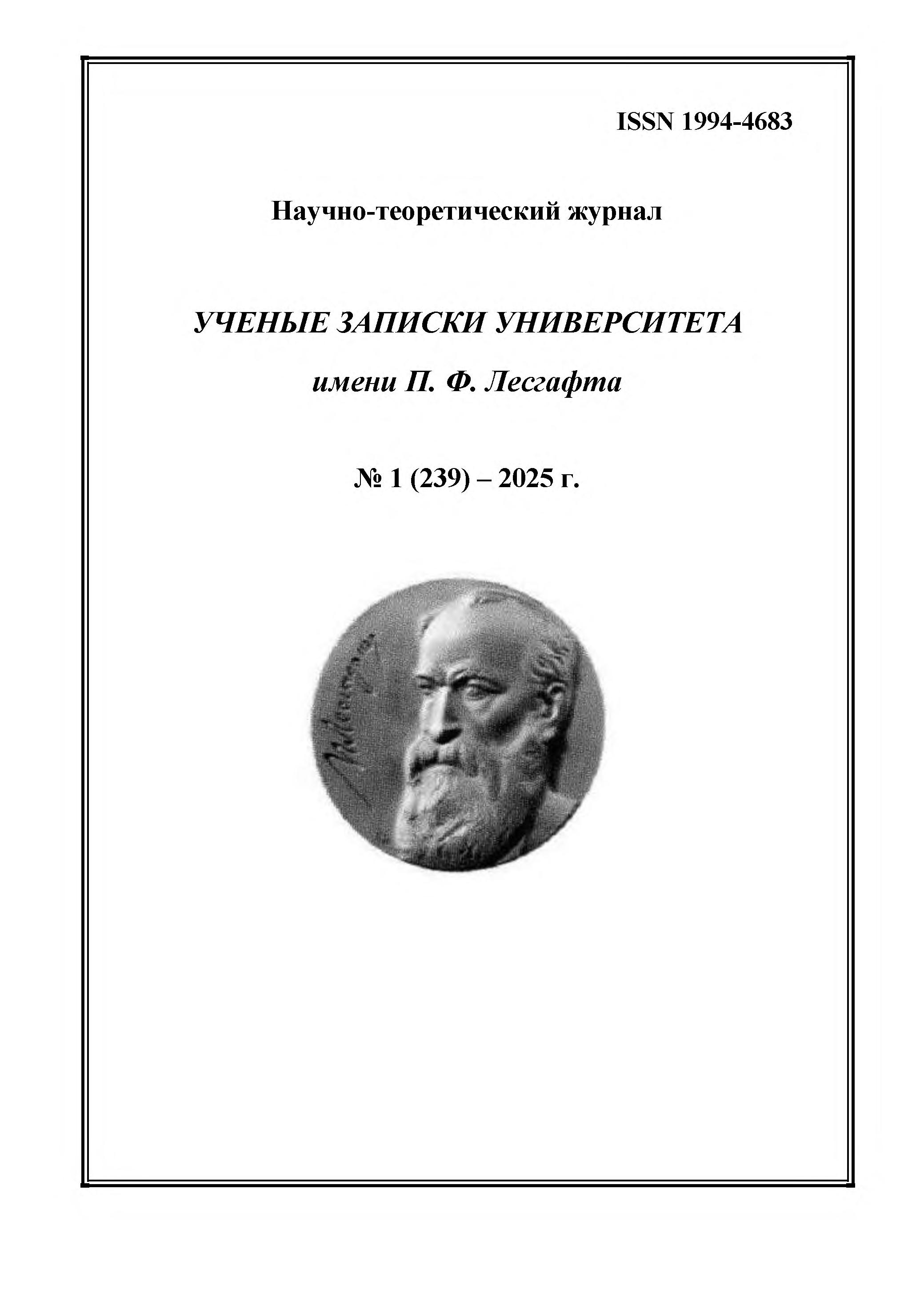employee
Samara, Samara, Russian Federation
CSCSTI 15.01
The purpose of the study is to examine the structure and factors of emotional burnout among office employees. Research methods and organization. The sample consisted of 30 employees of the organization, both women and men aged 24 to 48 years. The average work experience of the employees in this organization is 12.6 years. The research was conducted using a testing method. Research results and conclusions. The study revealed a number of factors that contribute to and hinder emotional burnout among office workers. Office employees exhibit the formation of all phases of emotional burnout: tension, resistance, exhaustion; these predominantly manifest in prolonged experiences of negative situations, inadequate responses to events, an inability to empathize with others, a decrease in emotional investments in professional and family spheres, and a sense of hopelessness. The risk of developing emotional burnout is higher among employees whose personality traits include passivity, rigidity, lack of initiative, sensitivity, anxiety, dissatisfaction with themselves, a tendency to become ill, poor self-control, emotionality, egocentrism, and suspicion. The factors that reduce the risk of emotional burnout include job satisfaction, a sense of subjective well-being, the ability to enjoy life, a positive self-attitude, emotional well-being, as well as the predominance of a competitive strategy in conflict situations.
emotional burnout, personal characteristics, job satisfaction, conflict behavior strategies, emotional well-being
1. Genly B. (2016), “Safety and job burnout: Understanding complex contributing factors”, Professional Safety, Vol. 61 (10), pp. 45–49.
2. Bezrukavenko E. A. (2017), “Professional burnout of office workers”, Intellectual resources - regional development, No 1-2, pp. 47–50.
3. Popov Yu. A. (2020), “Emotional burnout syndrome as an urgent problem of office workers”, Diary of Science, No 5 (41), p. 64.
4. Cho J., Lee H. E., Kim H. (2019), “Effects of communication-oriented overload in mobile instant messaging on role stressors, burnout, and turnover intention in the workplace”, International Journal of Communication, Vol. 13, p. 21.
5. Ovchinnikov A. A., Sultanova A. N., Silischeva A. S. [et al.] (2016), “The influence of implicit attitudes towards Monday and Friday on the emotional burnout syndrome in office workers”, Medicine and Education in Siberia, No 4, p. 3.







